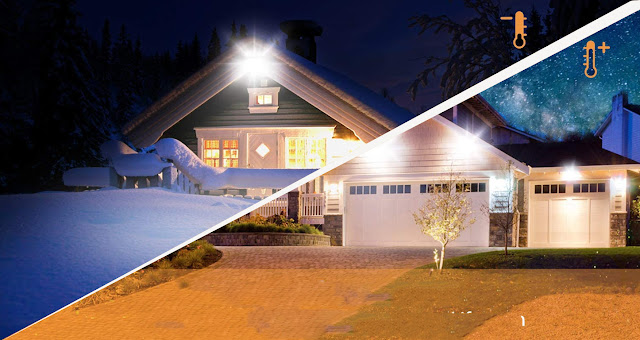LED flood lights are chosen as the most common and versatile form of outdoor lighting fixtures available when selecting outdoor light fixtures for better brightness and security. These lights cover a wide area, and mainly the scope of application is sports arenas and large stadiums.
There are a lot of games like football, etc., which happen in the nighttime. The light coverage is artificial, and the field will be visible to the spectators and game officials. LED flood lights are more efficient in power consumption and brightness distribution.
How to choose the perfect LED flood lights?
When you purchase any kind of LED light, it’s essential to explore the price first. Remember that the light fixtures are operational for a longer duration and the maintenance requirements are also relatively low compared to power-hungry traditional light fixtures.
Wattage delivery is also an important factor while purchasing LED flood lights. It generally ranges from 50W to 300W and provides optimum input for better illumination. The ideal wattage required is 80W, and fewer wattages deliver consistent brightness to a given area. 100W might be a little high but acceptable for a short-term period.
Correlated color temperature (CCT) is also essential when selecting efficient LED flood lights for your outdoors. The daylight white (5700K) is the most popular choice as the brightness is comfortable and relaxed. The LED flood lights should also have standard certifications like UL, ETL, and DLC for better performance.
LED flood lights also come with higher IP (Ingress Protection) ratings which range from 64 to 68 according to requirements. These ratings save the light fixture from extreme rain and dust ingress. LED flood lights are also a great way to secure your building perimeters and thwart unwanted intrusions and mishaps. They can be attached to the walls, or yolk mounts deliver better illumination to the given area.


Comments
Post a Comment